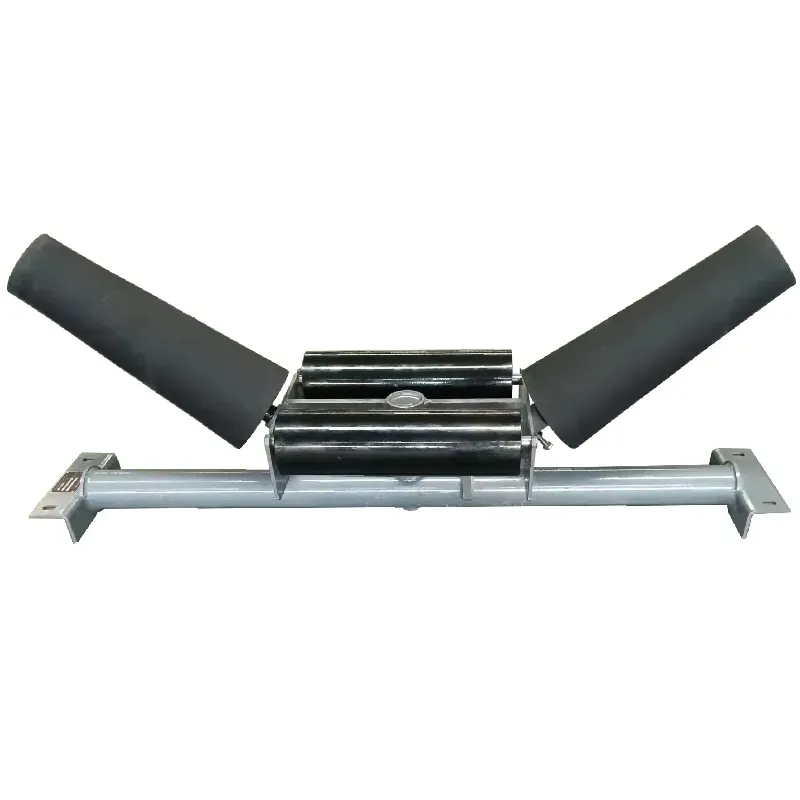 Afrikaans
Afrikaans  Albanian
Albanian  Amharic
Amharic  Arabic
Arabic  Armenian
Armenian  Azerbaijani
Azerbaijani  Basque
Basque  Belarusian
Belarusian  Bengali
Bengali  Bosnian
Bosnian  Bulgarian
Bulgarian  Catalan
Catalan  Cebuano
Cebuano  Corsican
Corsican  Croatian
Croatian  Czech
Czech  Danish
Danish  Dutch
Dutch  English
English  Esperanto
Esperanto  Estonian
Estonian  Finnish
Finnish  French
French  Frisian
Frisian  Galician
Galician  Georgian
Georgian  German
German  Greek
Greek  Gujarati
Gujarati  Haitian Creole
Haitian Creole  hausa
hausa  hawaiian
hawaiian  Hebrew
Hebrew  Hindi
Hindi  Miao
Miao  Hungarian
Hungarian  Icelandic
Icelandic  igbo
igbo  Indonesian
Indonesian  irish
irish  Italian
Italian  Japanese
Japanese  Javanese
Javanese  Kannada
Kannada  kazakh
kazakh  Khmer
Khmer  Rwandese
Rwandese  Korean
Korean  Kurdish
Kurdish  Kyrgyz
Kyrgyz  Lao
Lao  Latin
Latin  Latvian
Latvian  Lithuanian
Lithuanian  Luxembourgish
Luxembourgish  Macedonian
Macedonian  Malgashi
Malgashi  Malay
Malay  Malayalam
Malayalam  Maltese
Maltese  Maori
Maori  Marathi
Marathi  Mongolian
Mongolian  Myanmar
Myanmar  Nepali
Nepali  Norwegian
Norwegian  Norwegian
Norwegian  Occitan
Occitan  Pashto
Pashto  Persian
Persian  Polish
Polish  Portuguese
Portuguese  Punjabi
Punjabi  Romanian
Romanian  Russian
Russian  Samoan
Samoan  Scottish Gaelic
Scottish Gaelic  Serbian
Serbian  Sesotho
Sesotho  Shona
Shona  Sindhi
Sindhi  Sinhala
Sinhala  Slovak
Slovak  Slovenian
Slovenian  Somali
Somali  Spanish
Spanish  Sundanese
Sundanese  Swahili
Swahili  Swedish
Swedish  Tagalog
Tagalog  Tajik
Tajik  Tamil
Tamil  Tatar
Tatar  Telugu
Telugu  Thai
Thai  Turkish
Turkish  Turkmen
Turkmen  Ukrainian
Ukrainian  Urdu
Urdu  Uighur
Uighur  Uzbek
Uzbek  Vietnamese
Vietnamese  Welsh
Welsh  Bantu
Bantu  Yiddish
Yiddish  Yoruba
Yoruba  Zulu
Zulu idler roller
Understanding Idler Rollers A Key Component in Conveyor Systems
In the world of industrial machinery and materials handling, idler rollers play a crucial role, often operating quietly behind the scenes yet significantly affecting the efficiency and reliability of conveyor systems. These simple yet vital components are essential in supporting the movement of goods and materials in various industries, including mining, manufacturing, and logistics. This article will delve into the functionality, significance, and best practices associated with idler rollers.
What Are Idler Rollers?
Idler rollers are cylindrical components that provide support, guide materials, and reduce friction for conveyor systems. Unlike drive rollers, which are powered to move materials along the conveyor belt, idler rollers remain stationary, allowing a smooth transfer of items as they travel over the conveyor belt. They serve multiple purposes, including maintaining belt tension, supporting the weight of the materials being transported, and helping align the belt during operation.
Types of Idler Rollers
There are several types of idler rollers, each designed for specific applications and conditions. The most common types include
1. Flat Idler Rollers These are used in standard conveyor applications for flat material transportation. They provide a smooth surface for the conveyor belt to glide over.
2. Trough Idler Rollers Shaped to create a “U” or trough-like form, these rollers are ideal for transporting bulk materials, as they help contain materials in the center of the belt and prevent spillage.
3. Return Idler Rollers These are located on the return side of the conveyor system, supporting the belt as it returns to the starting point. They help reduce wear and tear on the belt.
4. Impact Idler Rollers Designed for areas where materials might fall onto the conveyor system, these rollers absorb the shock and reduce wear on both the belt and the supporting structure.
The Significance of Idler Rollers
idler roller

The importance of idler rollers cannot be overstated. They not only ensure smooth and efficient material handling but also contribute to the longevity of conveyor systems. Well-maintained idler rollers can prevent belt misalignment and reduce friction, which in turn lowers energy consumption and operational costs.
Moreover, idler rollers can significantly impact safety and productivity. When idler rollers function correctly, they minimize the risk of belt failure, which can lead to costly downtime and potential safety hazards for workers. Regular maintenance and timely replacement of worn or damaged rollers are essential practices for ensuring optimal performance.
Best Practices for Maintenance
To maximize the lifespan and efficiency of idler rollers, several maintenance practices should be implemented
1. Regular Inspection Conduct routine inspections to identify signs of wear, misalignment, or damage. Look for uneven wear patterns on the rollers and ensure they rotate freely.
2. Lubrication Proper lubrication is essential for reducing friction and preventing corrosion. Ensure that sealed bearings are well-lubricated to prevent overheating and premature failure.
3. Alignment Checks Regularly check for proper alignment of the rollers to avoid belt drifting and uneven material distribution, which can cause increased wear and tear.
4. Timely Replacement If wear or damage is observed, replace idler rollers promptly to avoid causing further damage to the conveyor system and to maintain safety standards.
Conclusion
Idler rollers may seem like a minor component in the complex machinery of conveyor systems; however, they are fundamental to operational efficiency and equipment longevity. Understanding their types, roles, and maintenance needs can lead to better performance, reduced costs, and enhanced safety in any materials handling operation. By prioritizing idler roller maintenance and replacement, industries can ensure the smooth operation of their conveyor systems, ultimately supporting their overall productivity and success.
-
Revolutionizing Conveyor Reliability with Advanced Rubber Lagging PulleysNewsJul.22,2025
-
Powering Precision and Durability with Expert Manufacturers of Conveyor ComponentsNewsJul.22,2025
-
Optimizing Conveyor Systems with Advanced Conveyor AccessoriesNewsJul.22,2025
-
Maximize Conveyor Efficiency with Quality Conveyor Idler PulleysNewsJul.22,2025
-
Future-Proof Your Conveyor System with High-Performance Polyurethane RollerNewsJul.22,2025
-
Driving Efficiency Forward with Quality Idlers and RollersNewsJul.22,2025





























